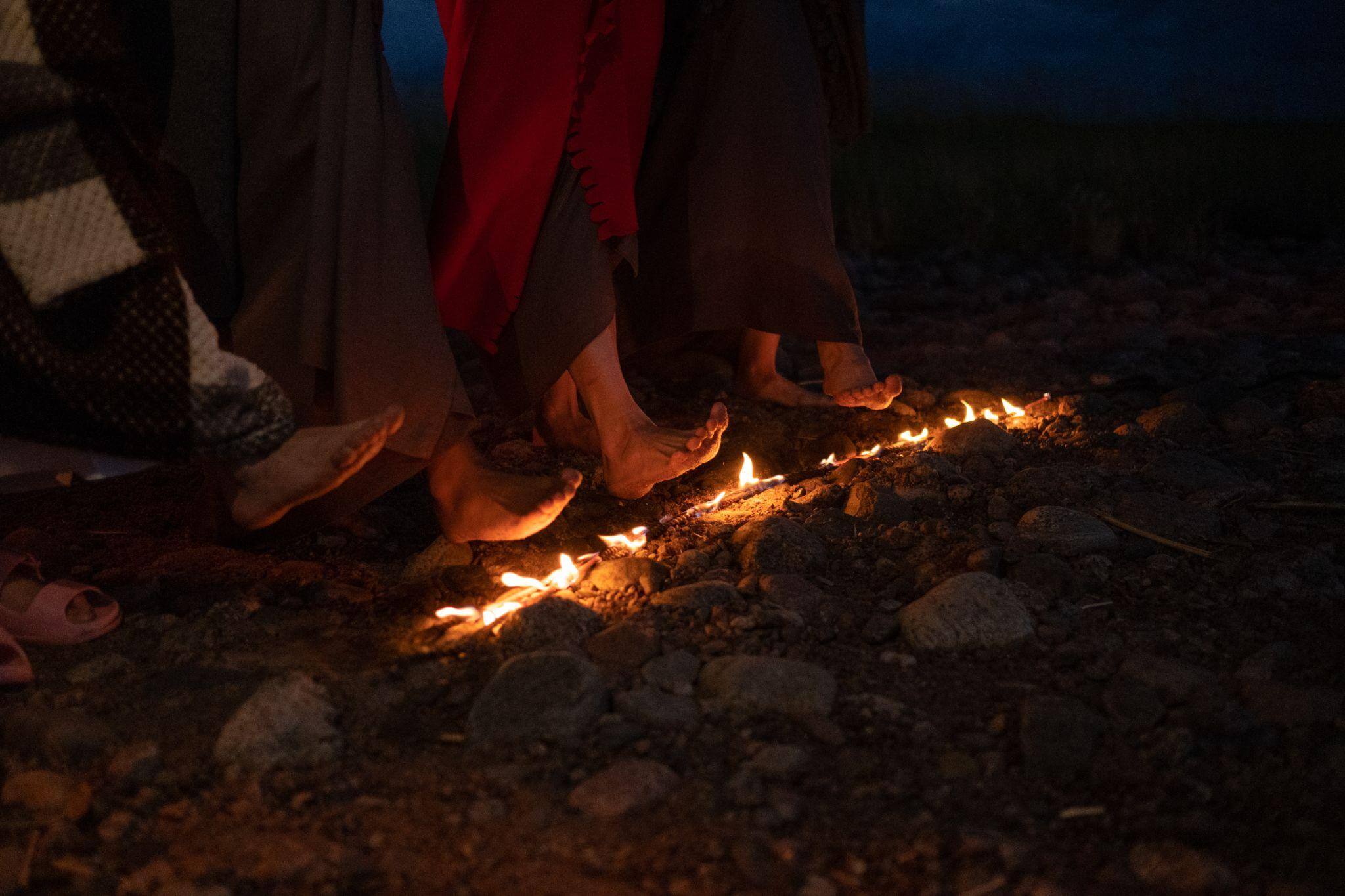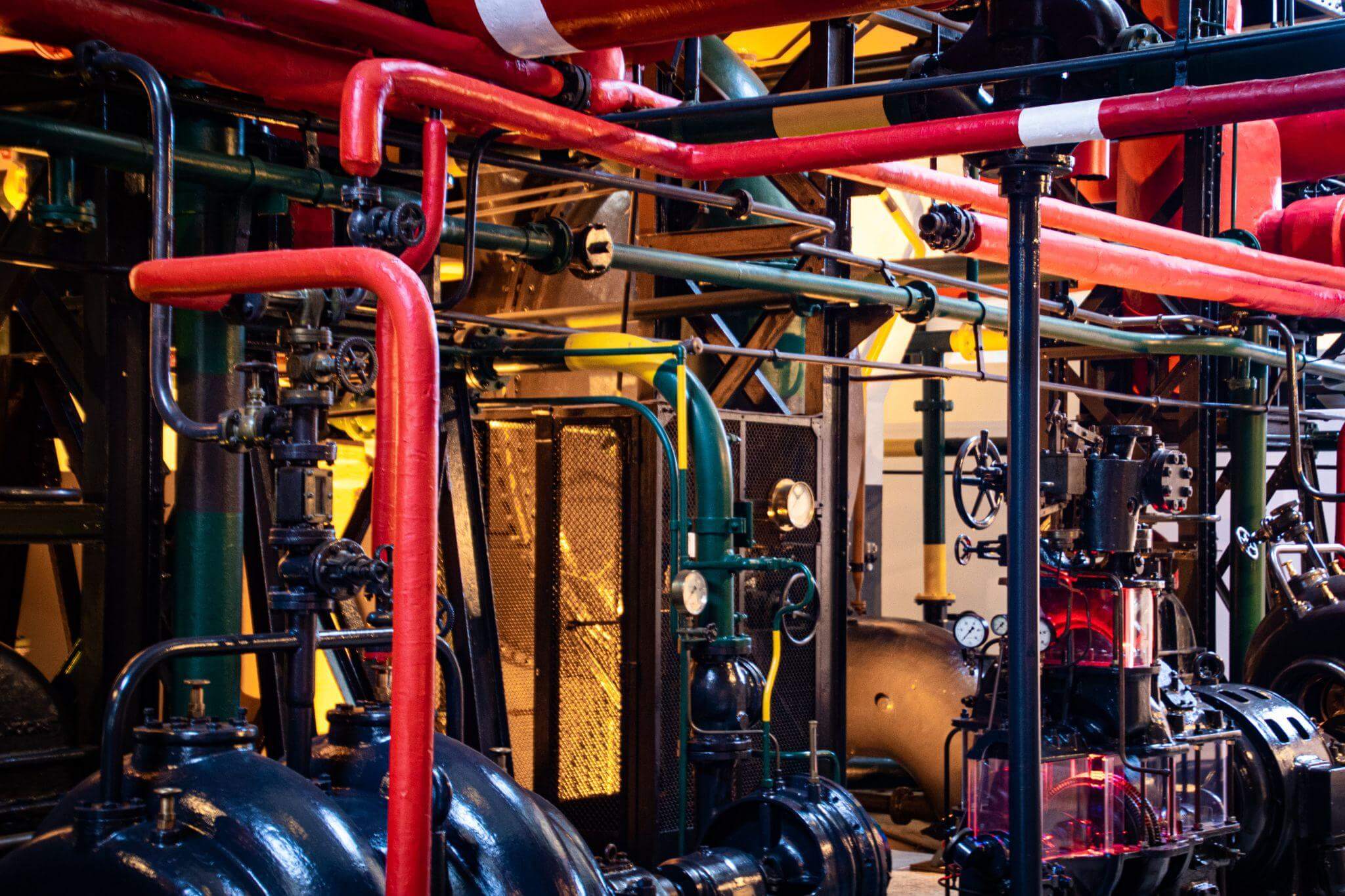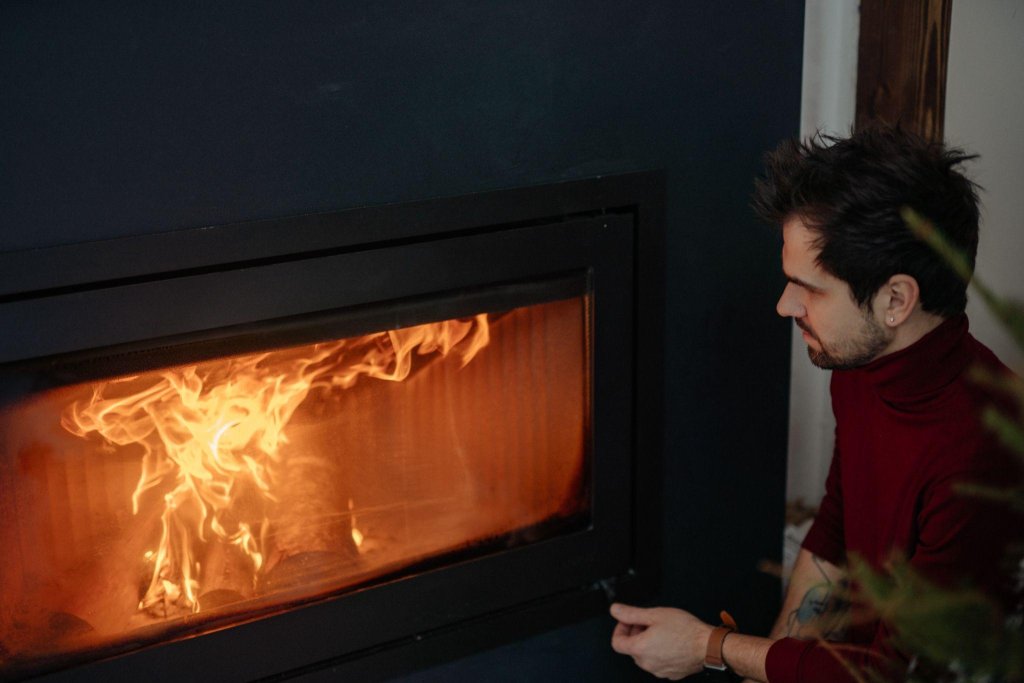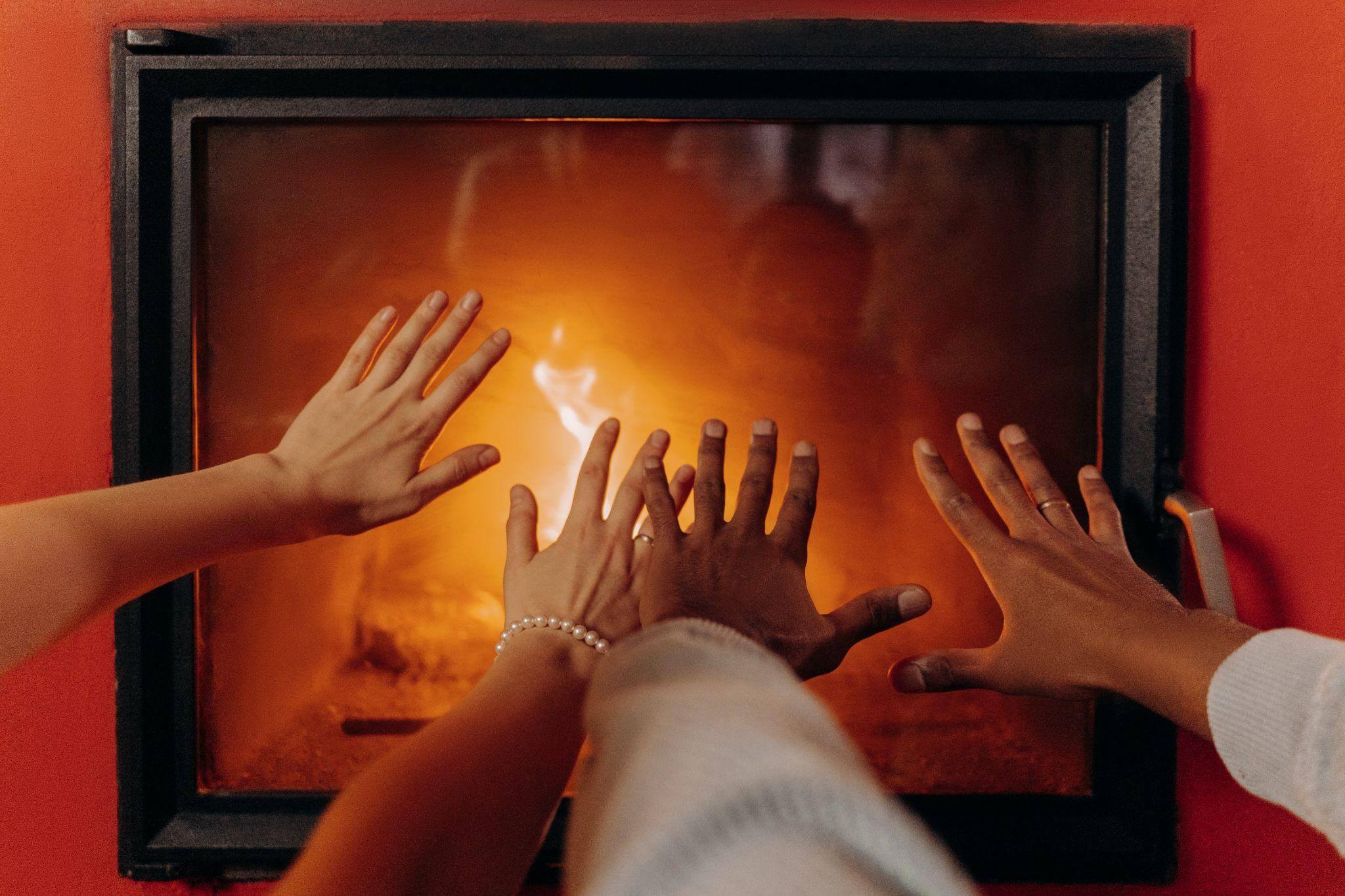The scale of district heating systems might vary. Some systems employ a network of enormous 1000 mm diameter core pipes connected to secondary pipes, say 200 mm diameter, that then in turn tie to tertiary pipes, say 25 mm diameter, which may link to 10 to 50 homes, to cover entire towns like Stockholm or Flensburg.
Only secondary as well as tertiary pipes are going to be required if a district heating system is only big enough to serve a small town or part of a city. Some plans could only need tertiary-sized pipes because they are only intended to service a small population of 20 to 50 homes.
Cons and benefits
Comparing district heating to individual heating systems, there are a number of benefits. Due to the concurrent generation of both electricity and heat in thermal power plants, district heating is often more energy efficient. Additionally, this helps to lower greenhouse gas emissions. In comparison to single boiler systems, the bigger combustion units also offer more sophisticated flue gas cleaning.
District heating networks do not require additional fuel when there is excess heat from industry because they are able to capture heat that would otherwise be lost to the environment.
An emphasis on immediate returns on investment does not work well with district heating since it necessitates a long-term financial commitment. Using excess and wasted energy for heating can help the community save money on energy expenses and minimize investment.
Cogeneration facilities, heat-only steam stations, and fjernvarme networks all need substantial upfront finance.
These will only result in lucrative operations for the proprietors of heating district networks or operators of power plants that combine heat and electricity if they are seen as long-term investments. Due to the substantial investment required per family, district heating is less desirable in locations with low population densities.

Additionally, because any link to a single-family residence is relatively expensive, it is less desirable in locations with numerous tiny structures, such as detached houses, than in places with fewer bigger buildings, such as blocks of apartments.
District Heating At Play
Eidsiva Bioenergi AS generates more than 400 GWh of energy yearly at nine facilities in Norway. In addition to district heating, cities and industries are supplied with steam and electricity. The goal is to generate energy solely from locally available resources that would ordinarily go to waste, including wood processing waste. This is especially sustainable since, in contrast to traditional fuels, the energy utilized has a greatly reduced carbon imprint.
The Hamar thermal plant mostly utilizes bioenergy and recovered energy from waste. For instance, this is derived from waste products from industrial operations. Additionally, the bioenergy is employed as a source of energy for hot water powered boilers.
The district heating system serving the town of Hamar is equipped with Unimat UT-M boilers, which when combined can provide upwards of 30,000 kW of heat. Theoretically, this equates to providing heat to almost 3,500 homes. The heat generators are mostly utilized as a backup for solid-fueled boilers and to handle extra load peaks.

The design of the technology and flexible integration of various biofuels into a system were the shared objectives. High demands were made for the technology because of the fully automated switching between heavy/medium and light bio-oil using three fuel tanks. Here, boiler and burner technologies interact successfully, and the fuels may be transformed into heat effectively utilizing combustion-optimizing control systems.
Despite the tremendous potential for producing environmentally friendly energy that comes from using bio-oil as a fuel, this may change owing to its properties and result in operational volatility. It requires extra technical components to operate in order to completely balance the boiler’s efficiency and useful life.
Bio-oil, for instance, occasionally burns at greater temperatures when juxtaposed with natural gas. Click here for more on natural gas. The fitted flue gas recirculation makes it possible to consistently comply with the required NOx emissions.
Biofuels frequently produce fire-side coatings on thermal exchanger surface areas, which may have an impact on efficiency and heat transmission. The answer is a specialized compressed air-based cleaning technology that consistently delivers maximum effectiveness and does not require hand cleaning.
Why Biofuel?
The bio-oil utilized in Hamar’s heating facility is made from combustible waste leftover from the production of sunflower oil, grapeseed oil, and vegetable oil. The source of electricity must be regarded as climate-neutral because it is made from industrial waste materials. This biofuels’ CO2 delay is one year.
The previous year, the atmosphere had already absorbed all of the CO2 produced by burning. Biofuel (https://www.eia.gov/energyexplained/biofuels/) is essential for climate preservation since it prevents waste and maintains our limited resources. Eidsiva Bioenergi has the capacity to further extend its future-focused energy supply by using it to create heat in the recently introduced Bosch boilers, in keeping with the company’s mission.
In the Nordic nations, district heating as well as CHP have long been significant sources of energy for heating, cooling, and power. There are several advantages to district heating. District heating minimizes the need for power but mainly the peaks of demand because the need of electricity rises on the winter’s coldest days.
Electricity can be produced, especially during periods of peak demand, when district heat can be generated by CHP. Heat can be stored via district heat networks, and it is less expensive to store heat this way than it is to store electricity. District heating thus plays a significant part in the functioning of the electrical system.
Given the numerous benefits of district heating plus CHP, it will be crucial to keep these technologies in the energy system going forward. However, many nations hold the belief that this ought to be accomplished through market-based strategies.
All heating techniques must compete on an even playing field since in certain countries there are no limits for disconnecting from district heating. Therefore, any legislation that might raise the price of district heat should be carefully considered.
This cutting-edge system’s technology is built for 100% biofuel and supports the 3rd biggest district heating system provider in Norway’s future-proof heat supply.


